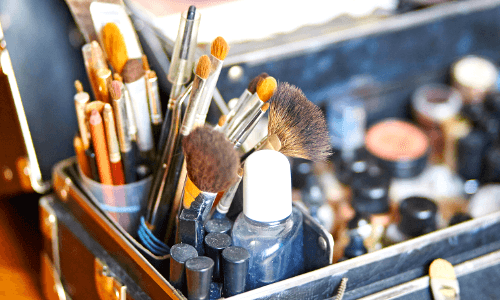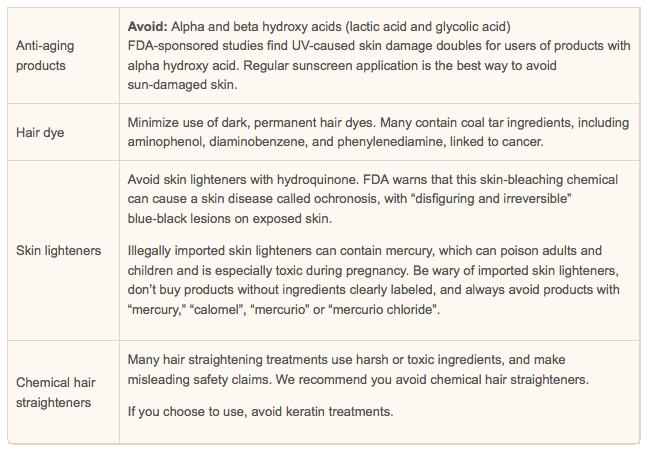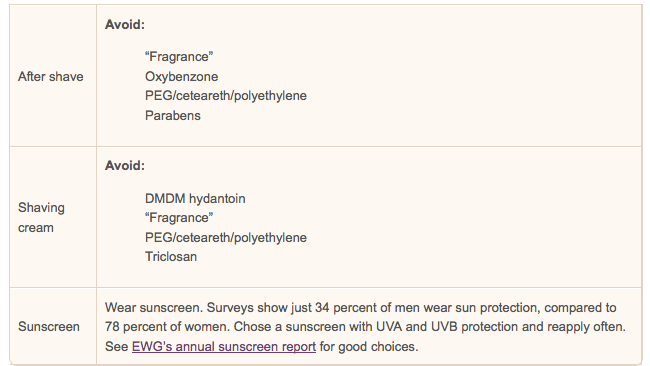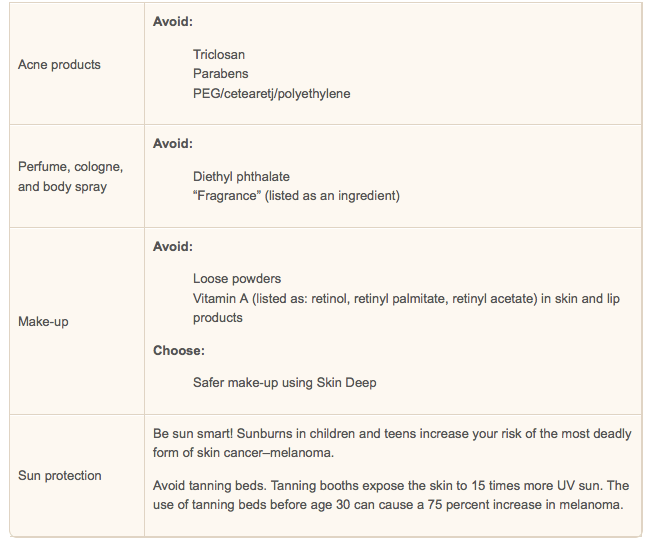

Is it any surprise that the lotions, soaps and other products we use to make ourselves look younger or “better” might contain a nasty slew of chemicals?
If you’re unsure or want to understand what these chemicals can do to your health, a recent report in The Guardian would be a good place to start. The report says that although many of these chemicals might be harmless, others might be endocrine disruptors, carcinogens and neurotoxins. Women are particularly at risk since they use more personal products—such as makeup, anti-aging creams and hair products—compared to men.
The report was based off research from the Environmental Working Group (EWG). The nonprofit survived about 2,300 people in the U.S., and found that the average woman uses 12 products containing 168 unique ingredients every day. The average man uses six products daily with 85 unique ingredients. By using these products, we might negatively impact our health.
The organization also reported the following:
- 12.2 million adults—one of every 13 women and one of every 23 men—are exposed to ingredients that are known or probable human carcinogens every day through their use of personal care products.
- One of every 24 women, 4.3 million women altogether, are exposed daily to personal care product ingredients that are known or probable reproductive and developmental toxins, linked to impaired fertility or developmental harm for a baby in the womb or a child.
- These statistics do not account for exposures to phthalates that testing shows appear in an estimated three quarters of all personal care products but that, as components of fragrance, are not listed on product ingredient labels.
- One of every five adults are potentially exposed every day to all of the top seven carcinogenic impurities common to personal care product ingredients—hydroquinone, ethylene dioxide, 1,4-dioxane, formaldehyde, nitrosamines, PAHs and acrylamide. The top most common impurity ranked by number of people exposed is hydroquinone, which is a potential contaminant in products used daily by 94 percent of all women and 69 percent of all men.
You’d think that these products would be thoroughly evaluated for safety before they hit the market. However, no premarket safety testing is required for the industrial chemicals that go into personal care products or the chemical industry as a whole, the EWG said.
“With the exception of color additives and a few prohibited ingredients, a cosmetic manufacturer may use almost any raw material as a cosmetic ingredient and market the product without an approval from FDA,” according to the federal Food and Drug Administration.
So what’s the safest skincare regime to follow? According to the EWG, here are some chemicals you want to pay attention to the next time you shop.
- Soap: Avoid triclosan and triclocarban
- Skin moisturizer and lip products: Avoid retinyl palmitate, retinyl acetate, retinoic acid and retinol in daytime products
- Hand sanitizers: Pick ethanol or ethyl alcohol in at least 60 percent alcohol
- Sunscreen: Just say no to SPF above 50, retinyl palmitate, aerosol spray and powder sunscreen, oxybenzone, added insect repellent. Say yes to hats and shade in mid-day sun, zinc oxide or titanium dioxide as active ingredients, otherwise Avobenzone (at 3 percent), SPF 15 to 50, depending on your own skin coloration, time outside, shade and cloud cover. Use a lot and reapply frequently.
- Hair Care: Avoid or limit dark permanent hair dyes, chemical hair straighteners
- Toothpaste: Avoid triclosan
- Nails: Avoid formaldehyde or formalin in polish, hardeners or other nail products. Toluene and Dibutyl phthalate (DBP) in polish. Pregnant? Skip polish
Here are some tips the EWG esspecially came up for women:
For men:
And for teens and tweens:
To see if your products are safe or not, visit the EWG’s Skin Deep website or download their Skin Deep mobile app, a online database of more than 68,000 personal products.
For more recommendations on what not to buy and chemicals to look out for at the store, consult their “Top tips for safer products” webpage.
YOU MIGHT ALSO LIKE

 233k
233k  41k
41k  Subscribe
Subscribe 


